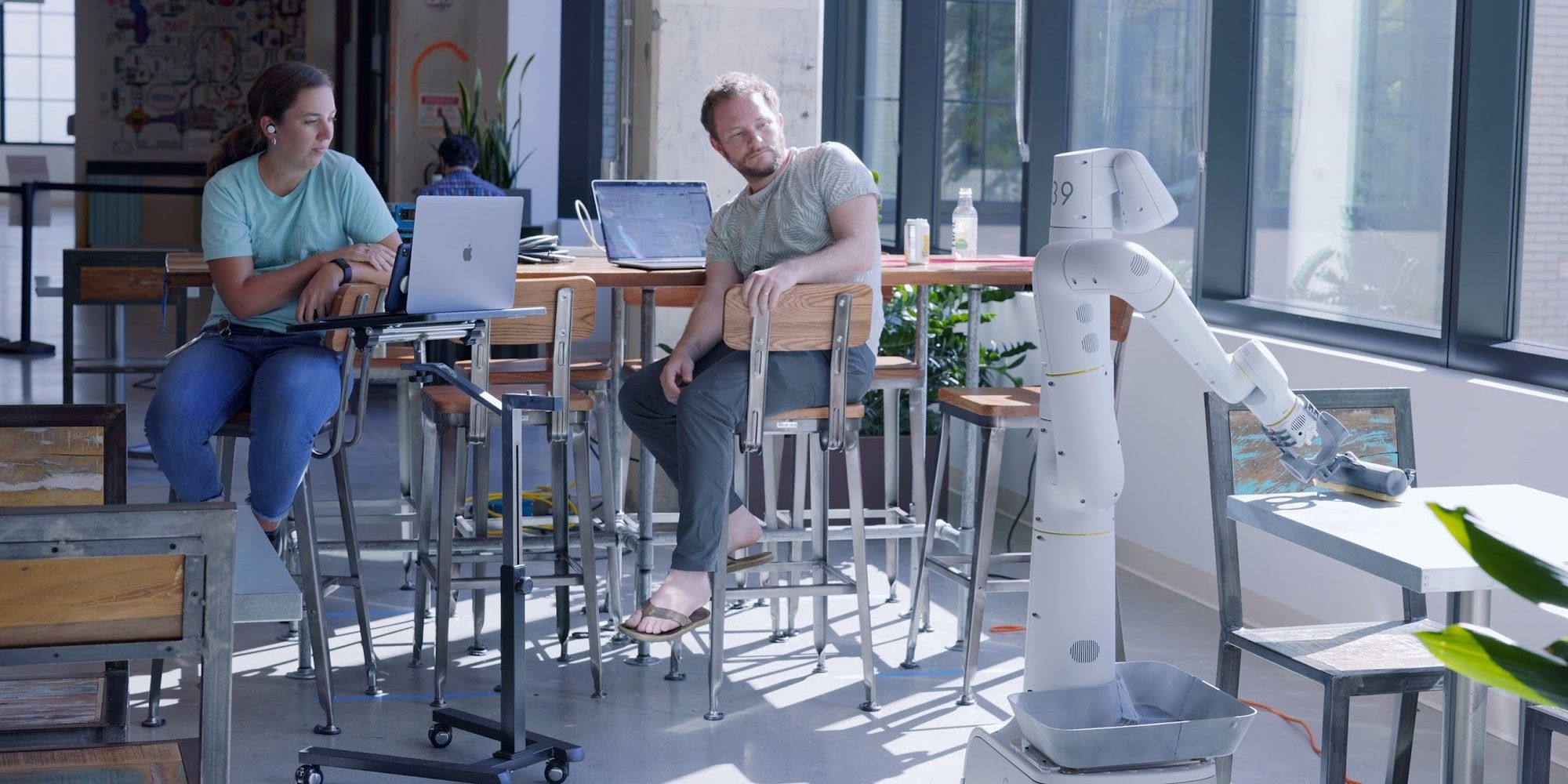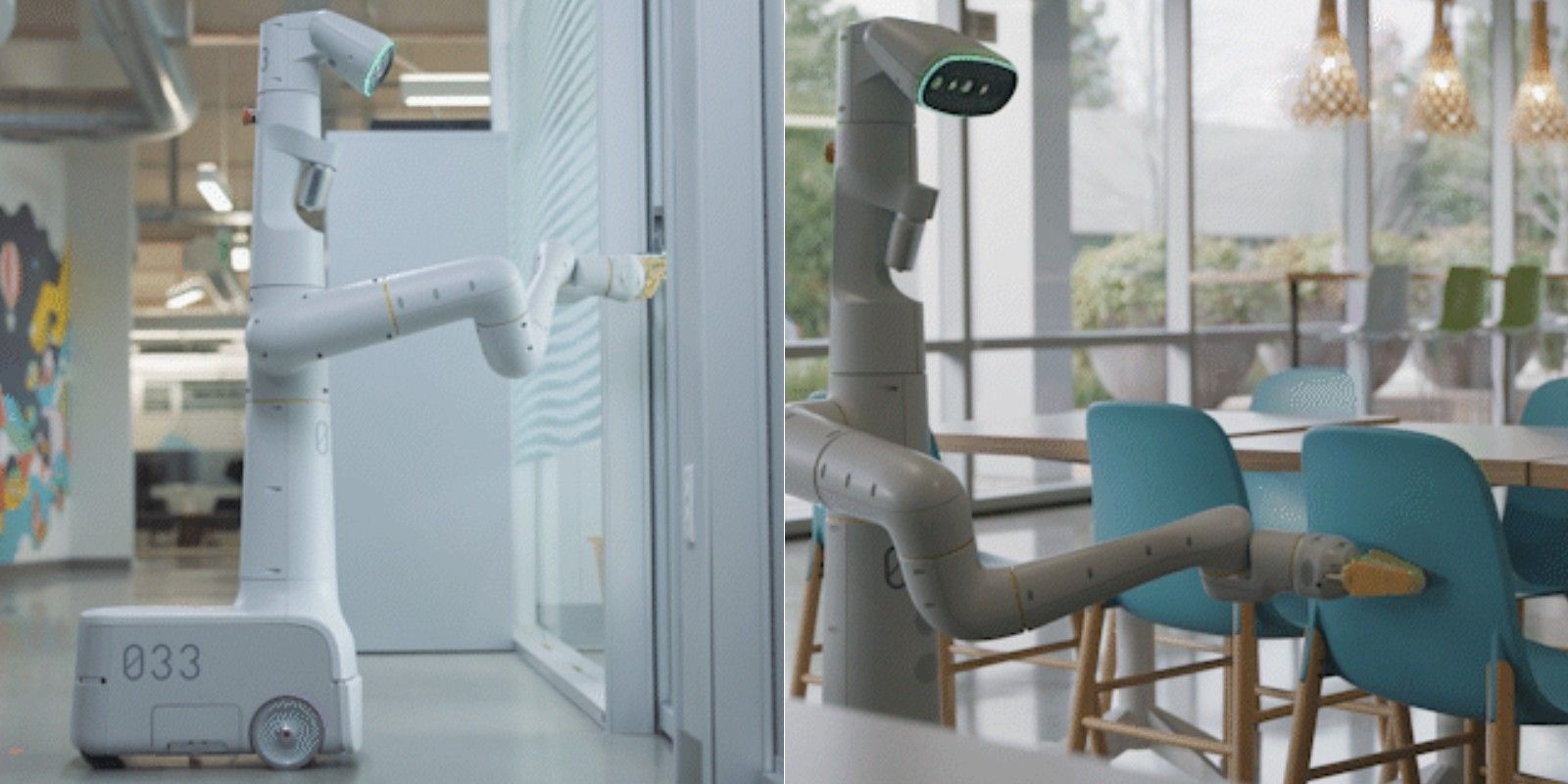Google might be pouring in millions as it builds an error-corrected quantum computer, but it is also experimenting with robots that are being employed across its campus to perform a task as simple as sorting trash and wiping cafeteria tables. The X Development team at Google has been dabbling in robotics for a while, but it has also done some remarkable work on projects like the Google Glass, a balloon internet system, the self-driving tech behind Waymo and a robotics project called Everyday Robot, among others.
Unlike Big Tech rivals or established names in the field of robotics, Google hasn't made any eye-grabbing strides or made outlandish claims about its robotics ambitions. Facebook, for example, recently showcased a synthetic skin that can give robots human-like touch perception while handling delicate objects. CalTech's LEO bipedal robot can walk, fly and even ride a skateboard. Amazon is making robots to do product delivery, while Apple's disassembly robot named Daisy has been tearing apart iPhones for recycling since 2018. But all big things start with a small step, and Google's X Division is abiding by that philosophy.
Hans Peter Brøndmo, the Chief Robot Officer at X Development, revealed that a fleet of over 100 Everyday Robots would deploy across Google's Bay Area campuses to perform basic tasks such as sorting trash and wiping tables with a squeegee attachment — and soon, opening doors as well. There is nothing fancy like BostonDynamics' Parkour-performing robot, but the objective behind X Division's Everyday Robots is a tad more meaningful than that. The goal is to train robots to learn a task and apply those learnings to perform another chore without requiring a ton of engineering upgrades or creating a vast library of code from the ground up.
Learn New Tasks Based On Existing Skills
Instead of writing code for every task that a robot can perform, Google is relying on machine learning to make these robots learn how to operate in unpredictable and unstructured spaces like an office or living room where they co-exist with human beings. The team applied ML-based methods like reinforcement learning, collaborative learning, and learning from demonstration to help the robot improve at its everyday tasks by understanding the world around it in more detail. The team is chasing natural progress in capabilities with co-existence in mind and not like the Tesla Bot. This takes a humanoid approach to do tasks but has to be designed not to harm humans even if it wanted to after software corruption.
Brøndmo says that the approach of building upon existing capabilities to learn something new has yielded positive results. For example, the algorithms and learnings behind the ability to open doors have been built upon in such a way that the Everyday Robot can now straighten chairs as well. These robots will soon be deployed across Google offices to automatically open doors and check if it needs cleaning or if it is missing a few chairs. The end goal is to make a self-learning robot that can live sustainably instead of learning advanced social skills that allow them to choose between sabotaging or helping others.
Source: X


